New Residents at the Durban Marina
/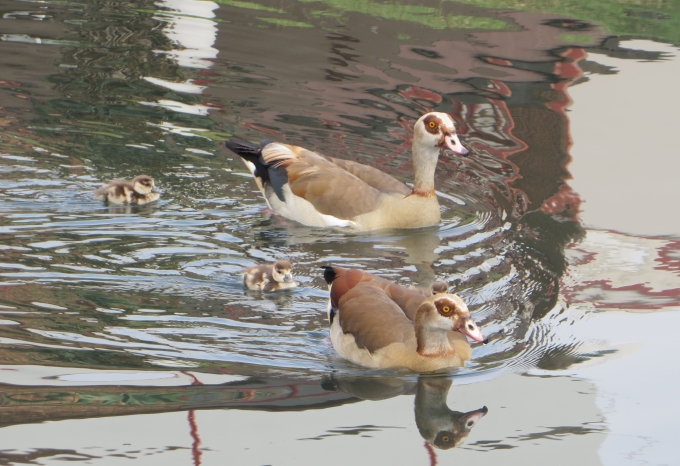 Several things have changed in the marina since I left in early December and returned three weeks later. There are fewer international boats for one thing. Many folks have moved on to Cape Town and points beyond. There are only 4-5 visiting boats besides us here and most of them will be gone when we return from our inland travel. As always, we're on the slow side of moving on. There are some new residents, however.
Several things have changed in the marina since I left in early December and returned three weeks later. There are fewer international boats for one thing. Many folks have moved on to Cape Town and points beyond. There are only 4-5 visiting boats besides us here and most of them will be gone when we return from our inland travel. As always, we're on the slow side of moving on. There are some new residents, however.
As I was walking to the clubhouse the other morning, I heard an odd bird sound that surprised me with its raspy hoarseness. I saw what I thought was a pair of odd colored brown ducks with a flotilla of three ducklings behind them. They climbed out of the water with their little entourage and exposed bright pink legs and webbed feet. I wasn't familiar with this species at all and looked them up in my South Africa bird book as soon as I returned to the boat. Well, they weren't ducks at all … they were Egyptian Geese and goslings. How exotic does that sound?
According to Wiki, the Egyptian goose is endemic to Africa south of the Sahara and Nile Valley. The ancient Eygptians considered them sacred, as evidenced by their frequent presence in ancient Egyptian artwork. At the Pyramid of Meidum, near the great tomb of Nefer-Maat, some paintings were found that are considered to be the best and the oldest ever found in a tomb. The most famous is called the "Scene of the Geese of Meidum", a beautiful representation of Egyptian geese painted on a mud brick wall.
The Egyptians domesticated them and subsequently they've been raised for food. Apparently, they mate for life and are very territorial. The raspy sound is typical for the male; the female is louder and more vocal. (hmm!) I'm not sure why I'd never seen them before, perhaps they were nesting in early December? They're around each day now, gracefully swimming in the filthy canal between the docks and the clubhouse, artfully maneuvering around the floating trash. Obviously they're neighbors who don't complain.
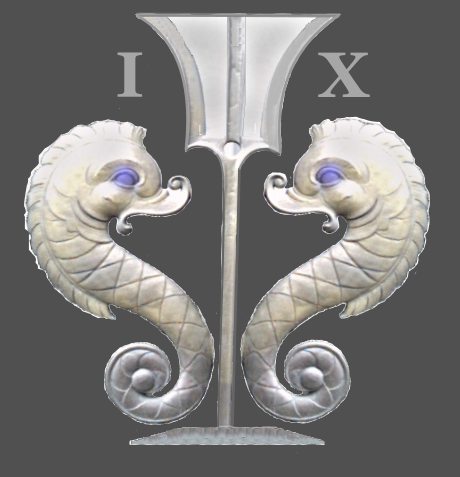

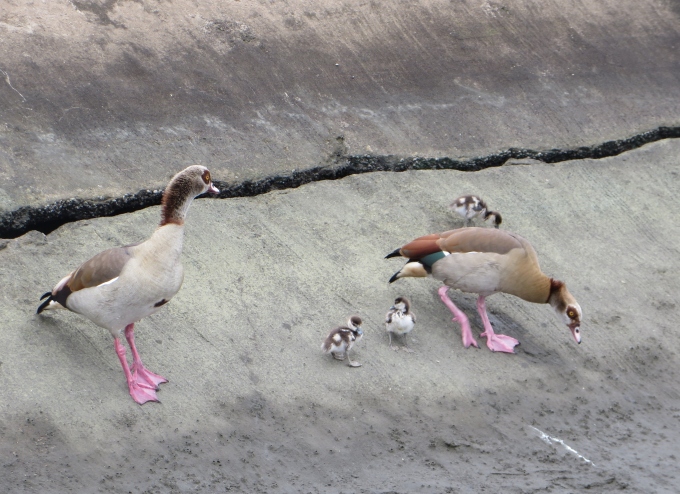


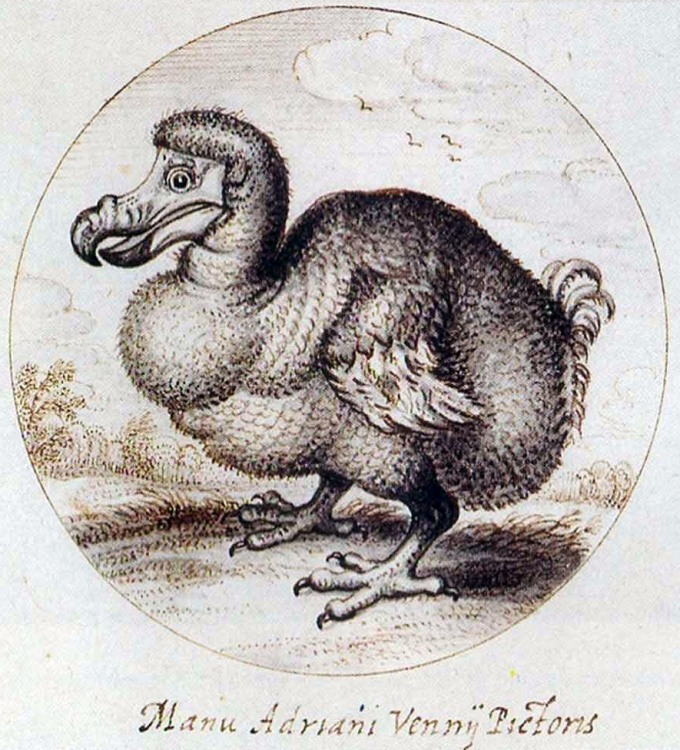
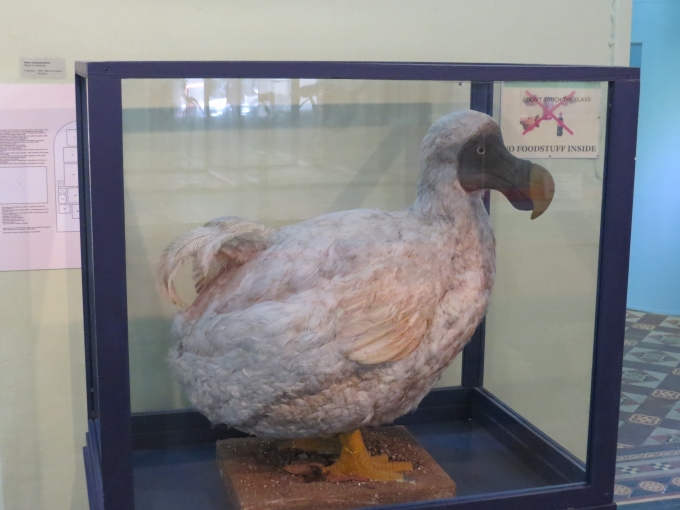
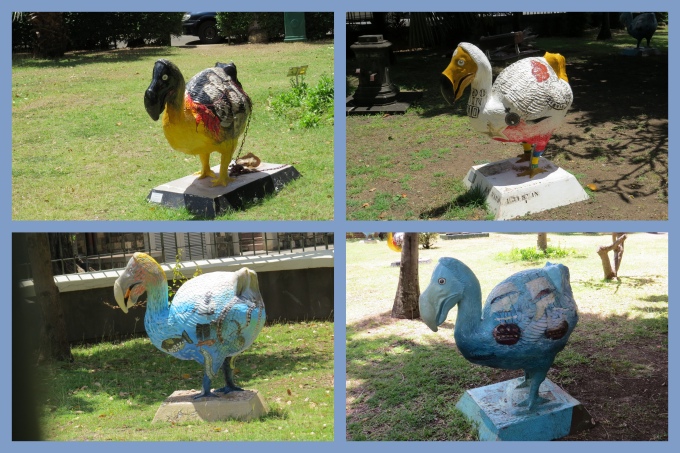


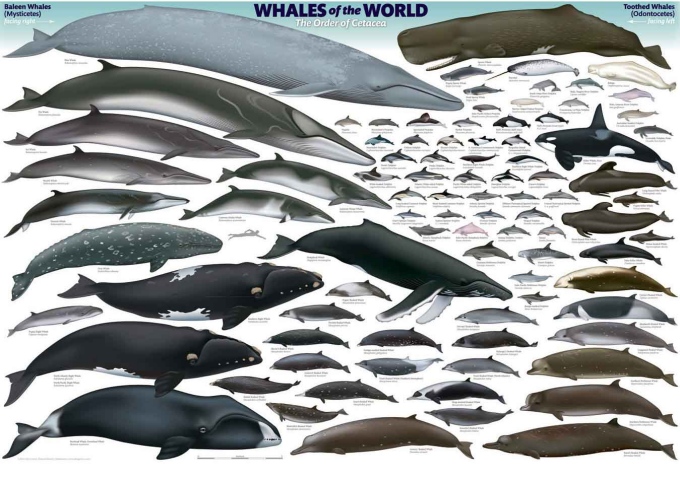



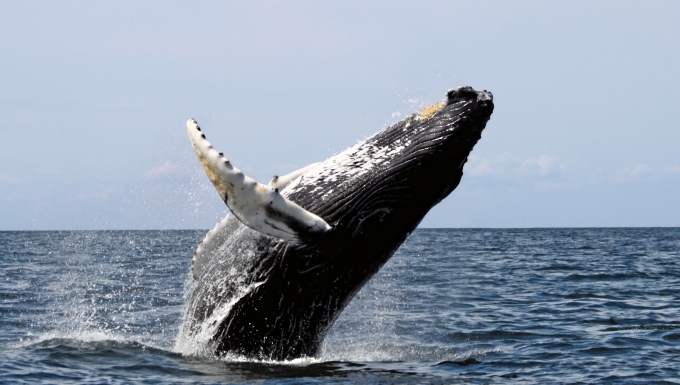


 by Randall Reeves et al. It's brilliant!
by Randall Reeves et al. It's brilliant!